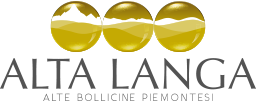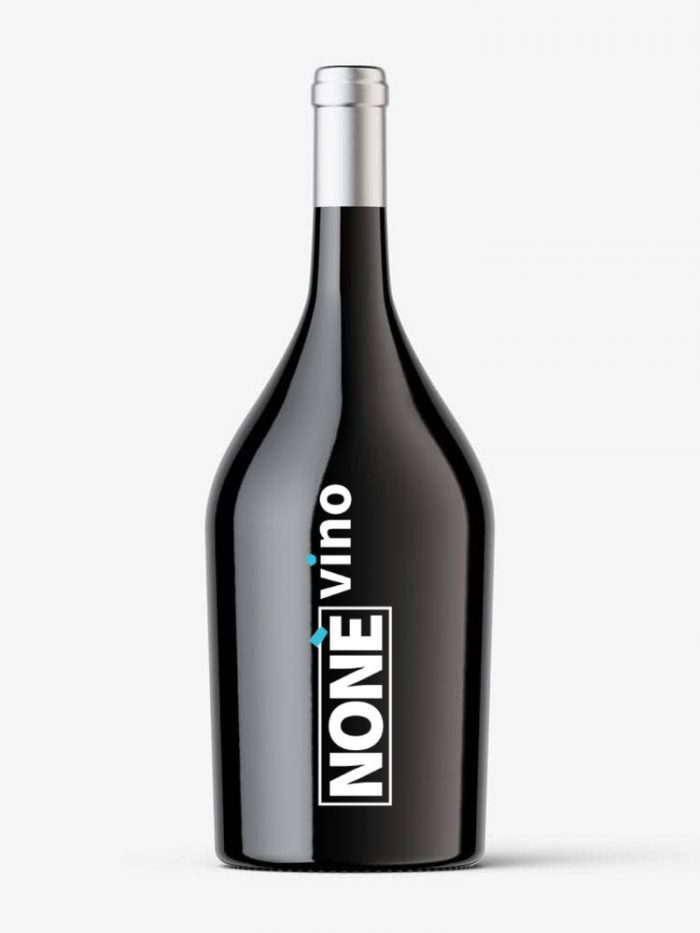Alta Langa DOCG Appellation
Protected Designation of Origin (PDO)


A significant historical phase of the Piedmontese wine culture Vino Alta Langa dates back to the mid-19th century, when the Marquis Leopoldo Incisa had included several French vines in his ampelographic collection located in the vineyards of Rocchetta Tanaro, in what was then the province of Alessandria (which also included Asti). However, these vines did not meet much favor especially among winemakers. The aversion of the farmers towards foreign vines was still testified towards the end of the century by the complaints of the owner who succeeded the Marquis Incisa, who could not find any farmer willing to cultivate them.
In fact, in the mid-1800s, there was no lack of Pinot plants in Piedmont. Already in the early decades of the 1800s the Counts of Sambuy had begun to introduce some renowned French vines with the express purpose of improving local wine production. Carlo Gancia, however, had favored the diffusion of Pinot and Chardonnay among the winemakers of the Canelli district in order to have a certain amount of them to use in the production of his sparkling wines.
With the Progetto Spumante Metodo Classico in Piedmont, of which the denomination “Alta Langa” was born, the Piedmontese sparkling wine industry has made a precious contribution of economic and technological commitment to its territory to a vocation that for decades had remained unexpressed outside of the mere scientific field. It has been shown that the Piedmontese hills where the vine had settled a significant and lasting presence over time, also had the vocation for the varieties specialized in the production of Classic Method sparkling wines, according to a development model that continually combined the theoretical enunciation with experimentation practice.
The same strategy of the harvest, essentially based on the manual skill of the operation and on the exclusive harvest of the grapes in small perforated boxes, also used for conveying to the vinification, involves a specific commitment,sometimes even significant that pays off with a product that represents sparkling wines excellent Piedmontese in the world.
Territory
The production of sparkling wines under the Alta Langa appellation includes a vast area of Piedmont that embraces a long hilly strip in the southern provinces of Piedmont to the right of the Tanaro river. The cultivation environment gives preference to areas with moderate insolation, with good temperature ranges and low relative humidity. The arrangement of the vineyards in particularly suitable areas, the great technical mastery of the agricultural operators and the long winemaking experience of the Spumantiere have happily combined to produce important and structured wines.
The Alta Langa DOCG Wine Production Area is located in:
– province of Alessandria and includes the territory of the municipalities of Acqui Terme, Alice Bel Colle, Belforte Monferrato, Bistagno, Bosio, Capriata d’Orba, Carpeneto, Cartosio, Casaleggio Boiro, Castelnuovo Bormida, Castelletto d’Erro, Castelletto d’Orba, Cassine , Cassinelle, Cavatore, Cremolino, Denice, Grognardo, Lerma, Malvicino, Melazzo, Merana, Molare, Montaldeo, Montaldo Bormida, Montechiaro d’Acqui, Morbello, Mornese, Morsasco, Orsara Bormida, Ovada, Pareto, Parodi Ligure, Ponti, Ponzone , Prasco, Predosa, Ricaldone, Rivalta Bormida, Rocca Grimalda, San Cristoforo, Sezzadio, Silvano d’Orba, Spigno Monferrato, Strevi, Tagliolo Monferrato, Terzo, Trisobbio and Visone.
– province of Asti and includes the territory of the municipalities of Bubbio, Calamandrana, Calosso, Canelli, Cassinasco, Castel Boglione, Castelletto Molina, Castelrocchero, Cessole, Coazzolo, Fontanile, Loazzolo, Maranzana, Monastero Bormida, Mombaldone, Mombaruzzo, Montabone, Olmo Gentile, Quaranti, Roccaverano, Rocchetta Palafea, San Giorgio Scarampi, San Marzano Oliveto, Serole, Sessame and Vesime.
– province of Cuneo and includes the territory of the municipalities of Alba, Albaretto Torre, Arguello, Bastia, Belvedere Langhe, Benevello, Bergolo, Bonvicino, Borgomale, Bosia, Bossolasco, Briaglia, Camerana, Camo, Carrù, Castellino Tanaro, CastellettoUzzone, Castiglione Tinella, Castino, Cerretto Langhe, Ceva, Cigliè, Clavesana, Cortemilia, Cossano Belbo, Cravanzana, Diano d’Alba, Dogliani, Farigliano, Feisoglio, Cissone, Gorzegno, Gottasecca, Grinzane Cavour, Igliano, Lequio Berria, Levice, Mango, Marsaglia, Mombarcaro, Monchiero , Mondovi ‘, Monesiglio, Monforte d’Alba, Montelupo Albese, Murazzano, Neviglie, Niella Belbo, Niella Tanaro, Novello, Paroldo, Perletto, Pezzolo Valle Uzzone, Piozzo, Prunetto, Roascio, Rocca di Cigliè, Rocchetta Belbo, Roddino, Rodello , Sale Langhe, Sale San Giovanni, Saliceto, San Benedetto Belbo, Santo Stefano Belbo,Serralunga d’Alba, Serravalle Langhe, Sinio, Somano, Torre Bormida, Torresina, Treiso, Trezzo Tinella and Vicoforte.
Vinification and Aging
During the vinification phases, only loyal and constant oenological practices of the area are allowed, suitable to give the wines their particular quality characteristics.
The winemaking practices of the Alta Langa DOCG wine provide, among other things, that:
– For all types of Alta Langa wine, the maximum yield of grapes in finished wine must not exceed 65%. If this yield exceeds this percentage, but not more than 75%, the excess is not entitled to the DOCG. Beyond this percentage limit, the right to the denomination of controlled and guaranteed origin for the whole product lapses.
– The harvesting operations are carried out with the manual harvesting of the bunches in small perforated boxes, through which they are also transferred to the pressing and vinification centers. The transport to the cellar in small boxes allows to transfer perfectly healthy and intact bunches to the first phase of the winemaking process, pressing. This is a very delicate phase, carried out with the use of a particular pneumatic press, which allows pressing with different intensities, interspersed with rest periods: the result of this procedure is the separation of different phases of must, who then individually continue the rest of their winemaking process.
– In the elaboration of wines the method of refermentation in the bottle must be applied according to the traditional or classic method. The use of isobaric decanting or transfer from one bottle to another is allowed to allow the use of containers of different shapes or capacities. The introduction of the Riserva type for both white sparkling wine and rosé provides a product obtained with a stay on the lees of at least 36 months. The maturation of sparkling wine on the lees has always been experimented to evaluate its maturation, quality development and its evolution. So much so that we have a sparkling wine with 24 months of aging and one with 36 months that has the characteristics to be vintage and reserve.


